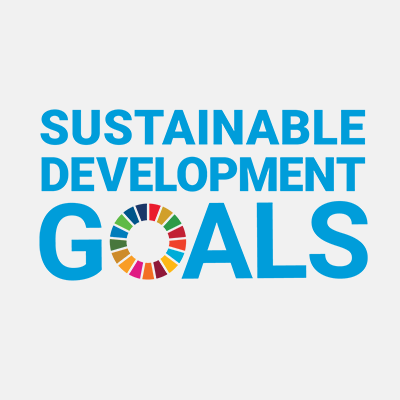The forest industry is one of Australia’s largest production and manufacturing sectors, contributing over $30 billion to the economy and employing over 67,000 people.
Ever-increasing globalised trade and travel increases the risk of accidental introduction of invasive pests and pathogens. A ‘biological invasion’ of our plantations, native forest and the trees we enjoy in our urban environments.
Seventeen percent of Australia’s land area comprises forests that are highly valued ecologically, economically, and culturally.
It’s imperative to reduce the ongoing risk as invasive species cost billions of dollars in lost productivity, lost trade, control measures and in environmental impacts.
By analysing historical and recent insect and pathogen invasions we discovered that on average there are two new forest-relevant pest detections each year, of which ~20% cause moderate to severe impact.

Our research delivered the first databases of non-native insect and pathogens established in trees and in-service timber in Australia.
These databases have been adopted widely across the sector by biosecurity practitioners, environmental stakeholders, researchers, and industry.
This bounty of knowledge on biological invasions of Australian forests improves our understanding of past and potential pathways of forest invaders in the country, allowing us to gauge future risks related to accidental introductions.
Additionally, we can use this data to activate proactive steps to mitigate pests whose establishment could potentially devastate Australia’s native, urban and production forests.
Working alongside the Department of Primary Industries (NSW) and industry, this research led to a strengthening of our forest biosecurity risk assessment and surveillance capabilities.
State and federal agencies including Plant Health Australia, state biosecurity agencies, and the Australian Department of Agriculture, Fisheries and Forestry are now armed with improved predictive power.
This was demonstrated by correctly identifying polyphagous shot hole borer as a high risk of establishment, prior to its detection in WA.
Our framework for improved risk analysis for other plant-based industries has led to Avocados Australia and the Qld Department of Agriculture and Fisheries investing $40,000 to adapt it to prioritise pests’ threats to protect the >$500 million avocado industry.
The research used an innovative approach of examining each invasion stage across the biosecurity continuum, which provided new insights and recommendations for improvement to current forest biosecurity practices.
Results highlighting Australia’s poor track record in forest pest eradications were used to successfully lobby for an industry biosecurity levy increase, funding a new national forest biosecurity manager and a high-risk site surveillance program that increases the early detection and eradication probability of new pests.
The project’s risk analyses have had local, national and international impact. Preventing (or even simply delaying) the establishment of any one of our high priority pests through this program saves millions of dollars in eradication, containment, control, trade losses and damage costs.
Chief investigators: Dr Helen Nahrung, Dr Andrew Heyes, Dr Simon Lawson and Dr Madeline Healey.
This research is out of UniSC's Forest Industries Research Centre
 UniSC takes action to support achievement of the United Nations Sustainable Development Goals (SDG's): Goal 1: No poverty | Goal 2: Zero hunger | Goal 3: Good health and well-being | Goal 13: Climate action | Goal 14: Life below water | Goal 15: Life on land | Goal 17: Partnerships for the goals
UniSC takes action to support achievement of the United Nations Sustainable Development Goals (SDG's): Goal 1: No poverty | Goal 2: Zero hunger | Goal 3: Good health and well-being | Goal 13: Climate action | Goal 14: Life below water | Goal 15: Life on land | Goal 17: Partnerships for the goals
